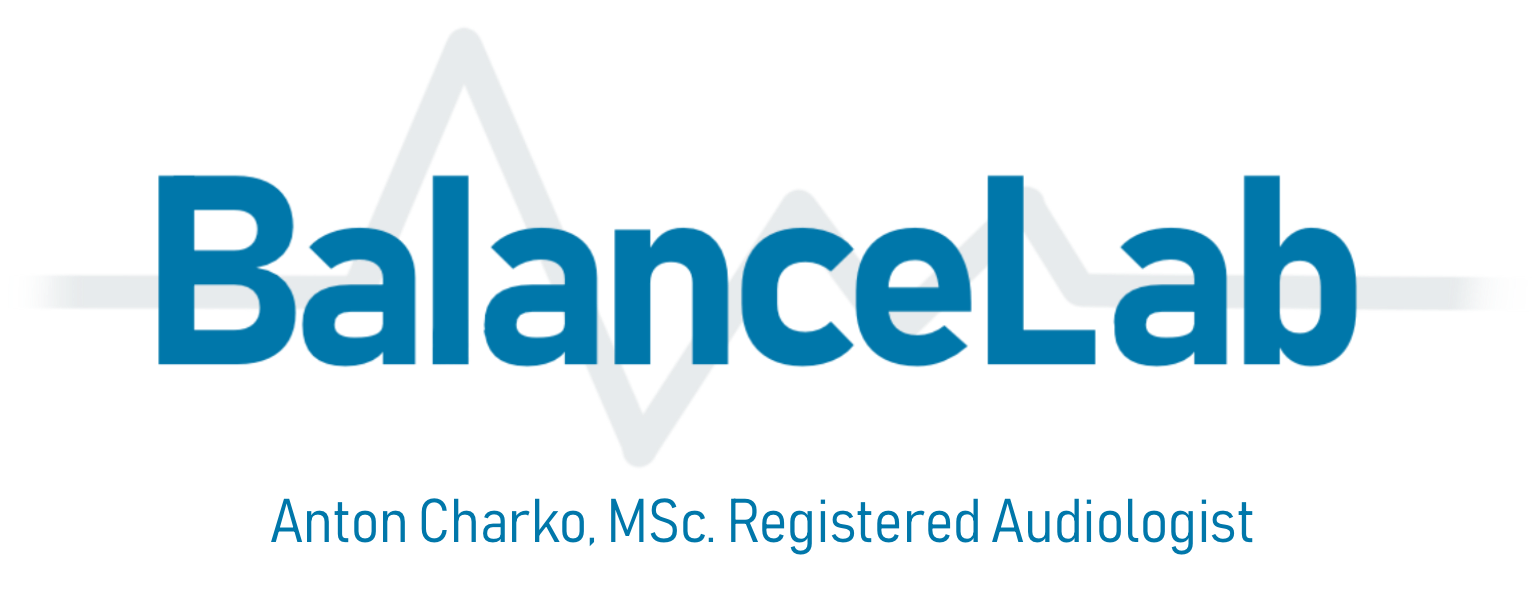Frequently Asked Questions
How much does it cost?
Hearing and balance testing is covered under OHIP with a doctor’s referral.
What should I bring with me?
Bring your health card and a face mask. Make sure you review some simple pretest instructions.
Are you going to make me dizzy?
We don’t want to make you dizzy, but some of the testing could trigger your symptoms. Let us know if there’s something you’re not comfortable doing.
How long is my appointment?
Your appointment can last as long as an hour and a half for dizziness testing. Hearing tests take about half an hour. You may be asked to come back if we can’t finish in time.
What is an audiologist?
Audiology is a branch of science that focuses on hearing, balance, and related disorders. The practitioners who assess, treat, and educate about the prevention of hearing loss and balance problems are Audiologists. Audiologists are university-trained (minimum Master’s level) health care professionals who perform a variety of clinical tests to determine the nature and degree of an individual’s hearing and/or balance status. They have the expertise and equipment to work with infants, children, and adults. When it is determined that an individual has a hearing and/or balance problem, an audiologist will provide recommendations and management strategies for the patient and support their goals for intervention and (re)habilitation. Examples of management strategies include hearing aids, communication strategies, hearing protection, maneuvers to relieve balance issues, and appropriate medical referrals.
What does balance testing involve?
Don’t worry, there are no balance beams or feats of strength. These tests don’t require any physical exertion aside from sitting and laying down. Be prepared to:
- Describe your problem
- Look at moving and stationary objects
- Move from a sitting to reclined position
- Tolerate illusions of movement for moments to minutes
- Keep your eyes open
- Listen to loud and quiet sounds
What are the inner ear and the vestibular organs?
Deep inside the ear is a tiny, fluid filled, snail shaped, balloon-like structure, encased in skull. We refer to this structure and its parts as the inner ear, and it’s responsible for two important senses.
The first is audition – turning vibrations in the world into electrical signals that your brain eventually hears as sound.
The second is sensing angular (e.g. nodding yes, nodding no) and linear (e.g. shifting forward in a car, up in an elevator) velocity of the head. We call these the vestibular senses and their associated structures the vestibular organs.
The vestibular organs have very close connections to our eyes and to our muscles. This is to help you keep something in visual focus while moving rapidly, or to catch yourself when you suddenly slip.
The vestibular senses are vital to our lives in the physical world. Evolutionarily, they are the oldest sense we have. Scientists theorize that before animals could see, taste or hear, they were able to feel the pull of gravity and know their orientation to the earth.
Why are you testing my hearing?
Because the hearing and balance organs live so closely together, when disease or infection affects the ear, we can experience changes in our hearing as well as our vestibular sense.
Many disorders of balance affect your hearing – sometimes in subtle ways that can only be measured with a diagnostic hearing test.
What is vertigo?
People often use “vertigo” to refer to a common vestibular disorder called BPPV/”crystals”/positional vertigo, but more accurately, vertigo is a term that describes symptoms of illusory movement.
Just as ringing in the ear (known as tinnitus) is an illusion of sound (i.e. the ringing is not coming from the world), so is vertigo a feeling of movement that isn’t actually happening. This movement is can be whirling or spinning, but it doesn’t have to be, with some people reporting floating, shifting, swaying or falling.
It’s interesting to note that many sufferers struggle to find the language to describe the feelings they’re experiencing.
What is a vestibular disorder?
A vestibular disorder is when the vestibular organs in one or both ears aren’t working the way they should. Some people are born with a vestibular disorder, others acquire it through disease or as a side effect of medical treatment.
When vestibular sense is impaired, many everyday activities become difficult or impossible. One may have trouble walking in a straight line, or walking at all. It might be hard to see clearly. Feelings of persistent nausea are common as the brain struggles to interpret erroneous information coming from the vestibular system. Above all, it is exhausting.
As debilitating as a vestibular disorder can be, it’s also often invisible to others. Some worry about appearing inebriated in public, or about justifying absence to their employer.

